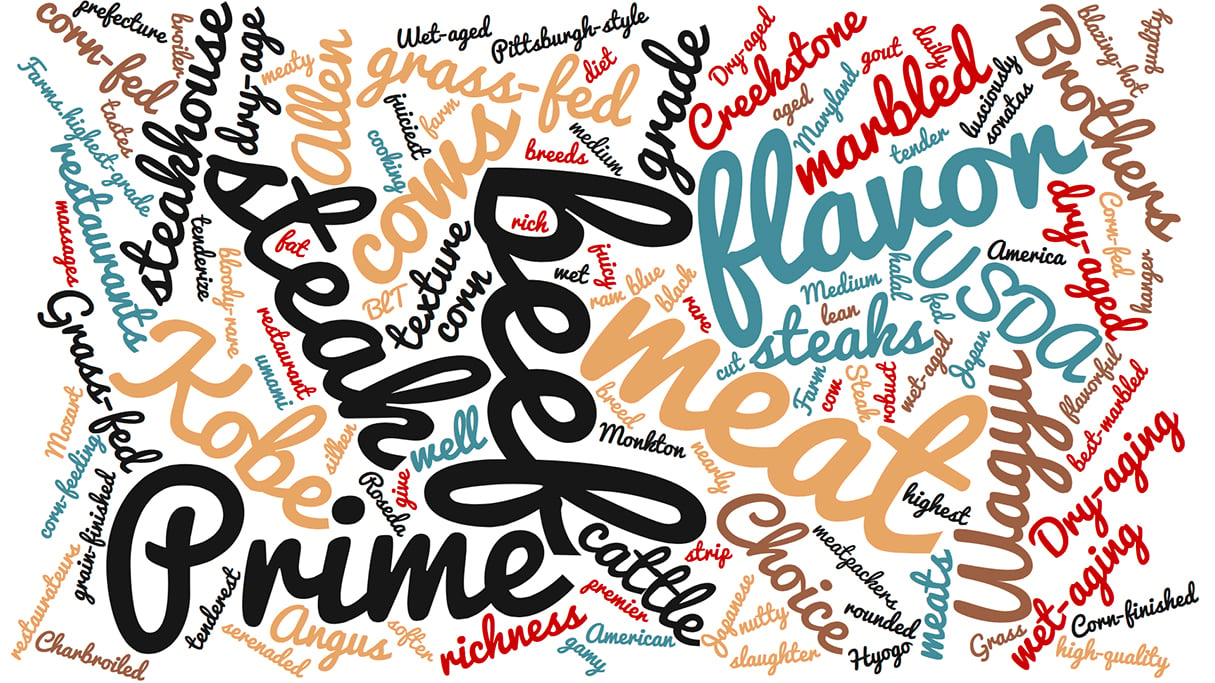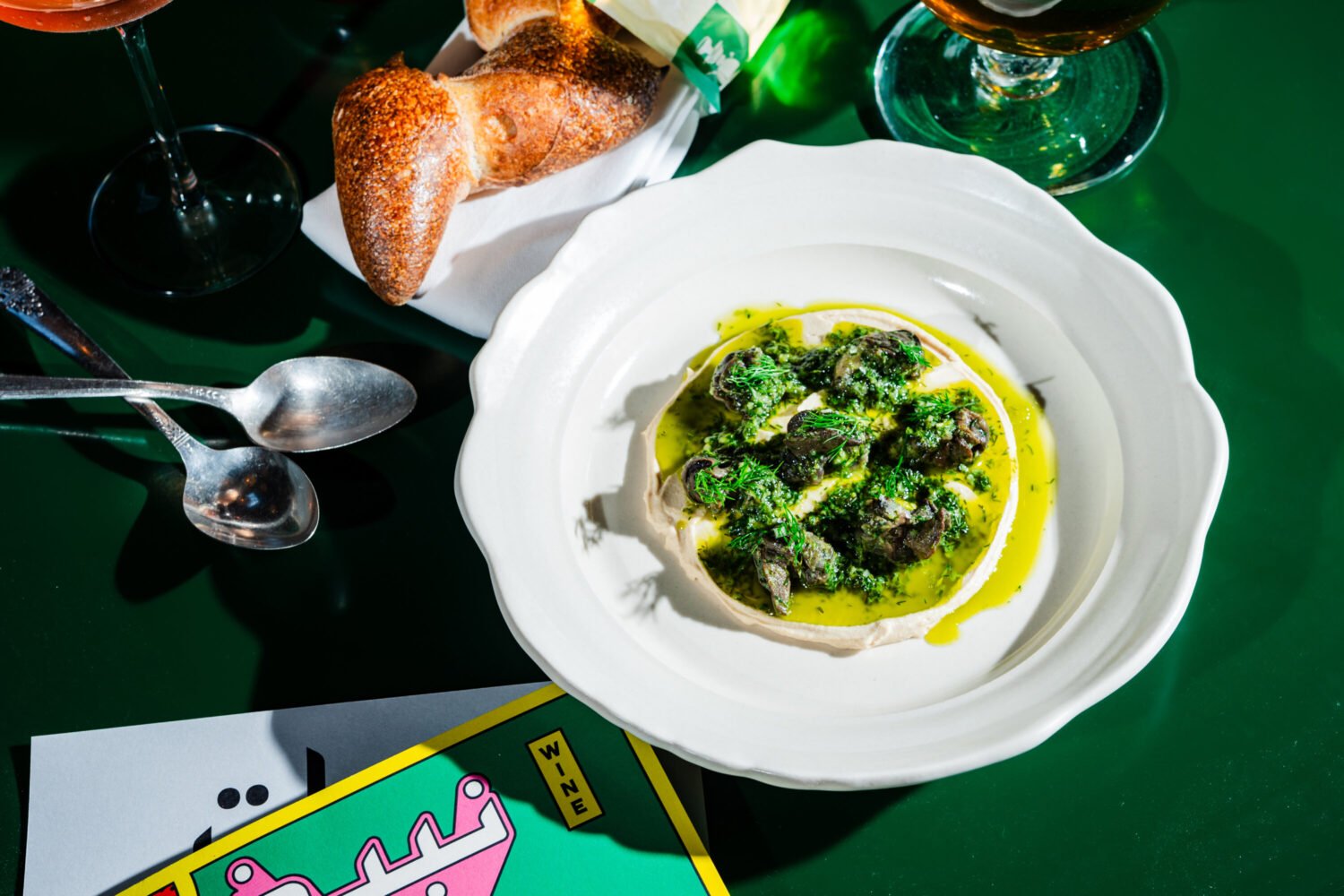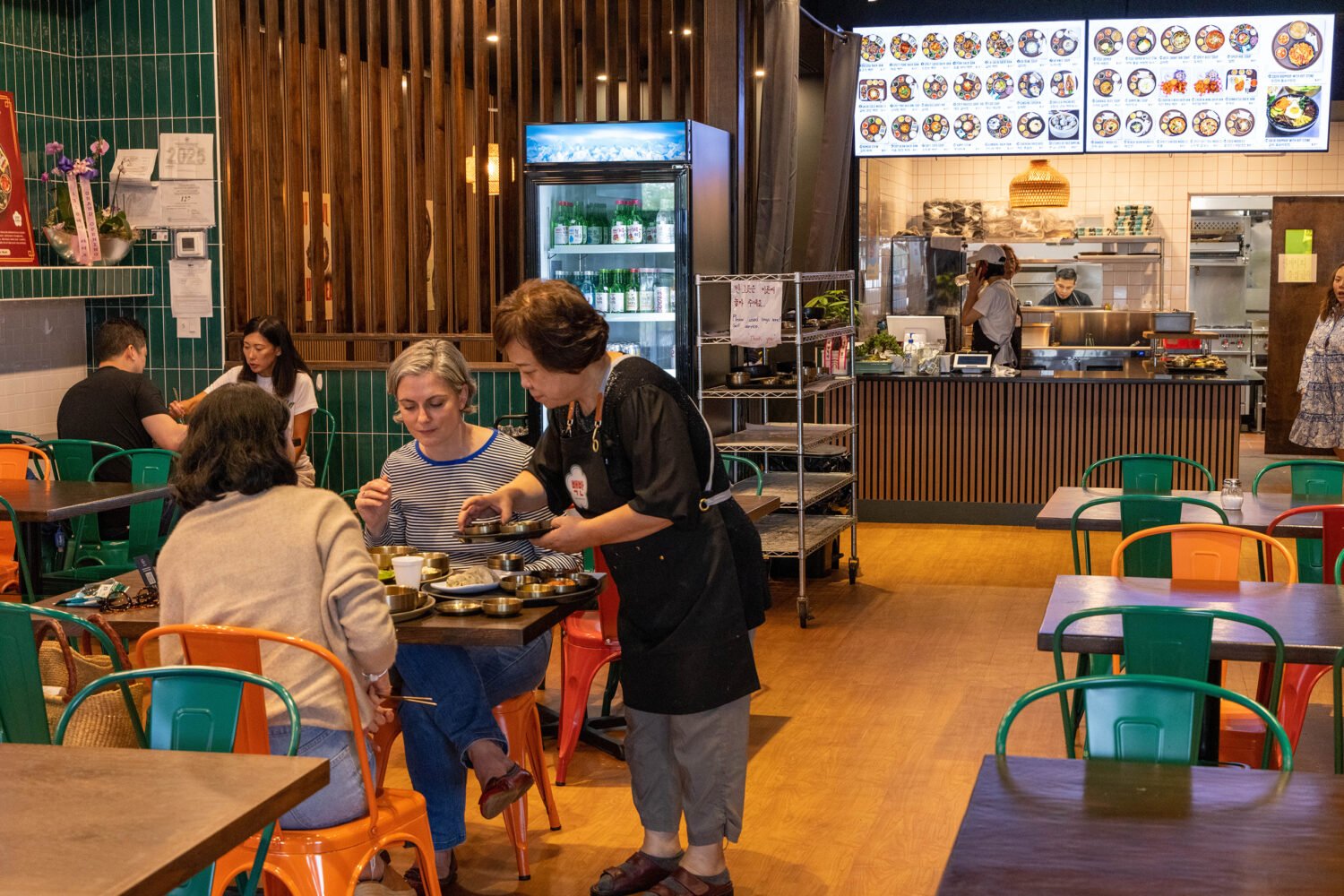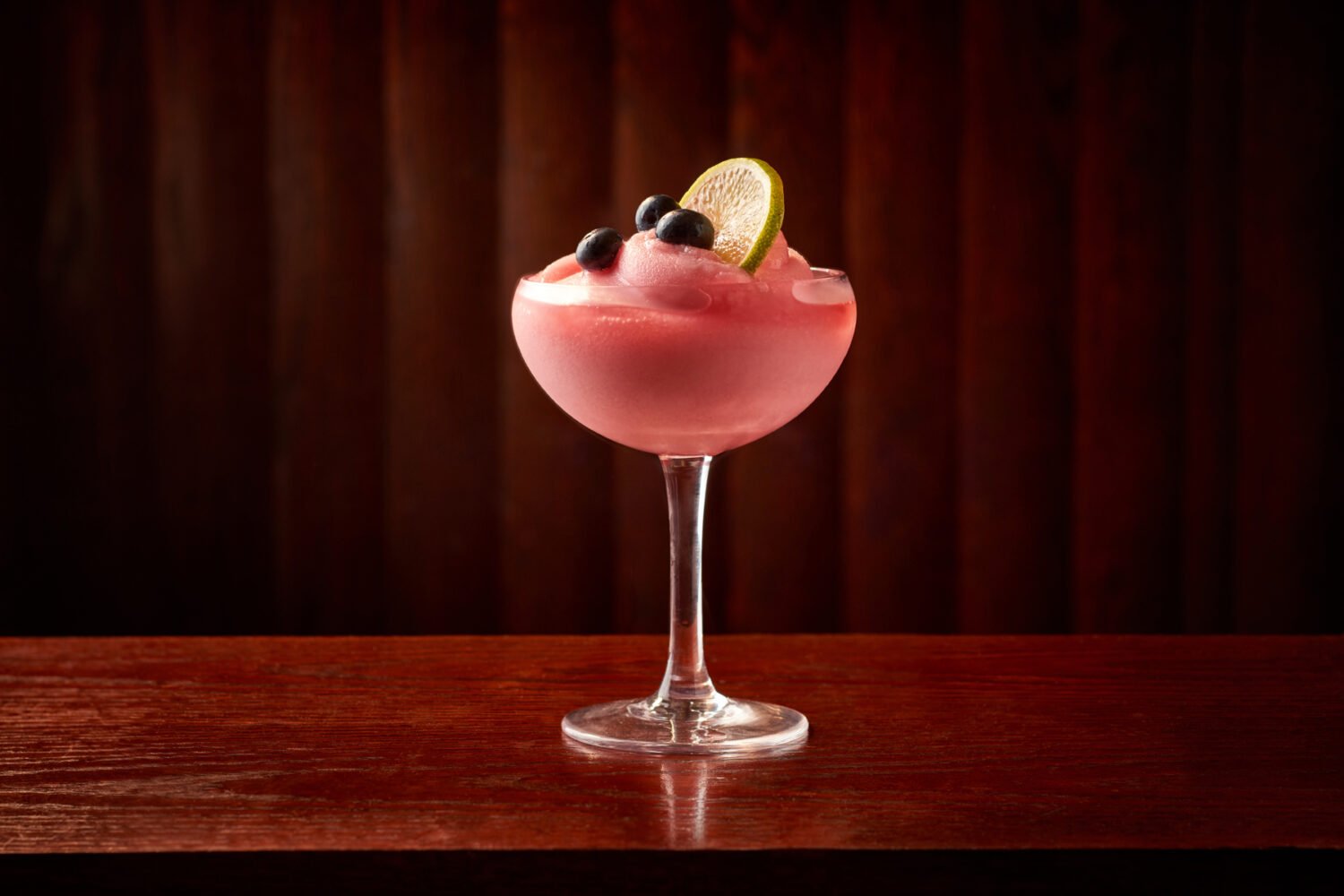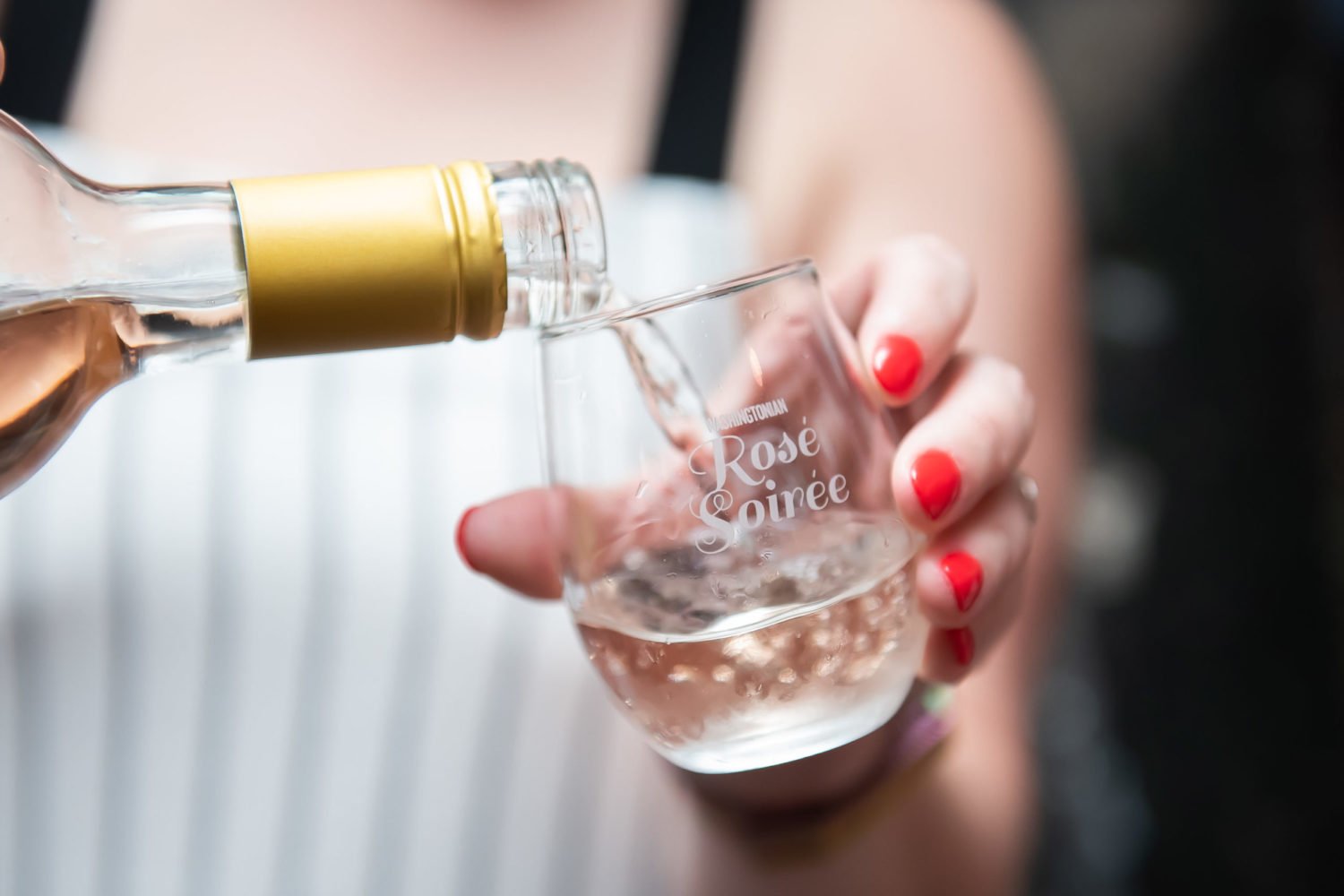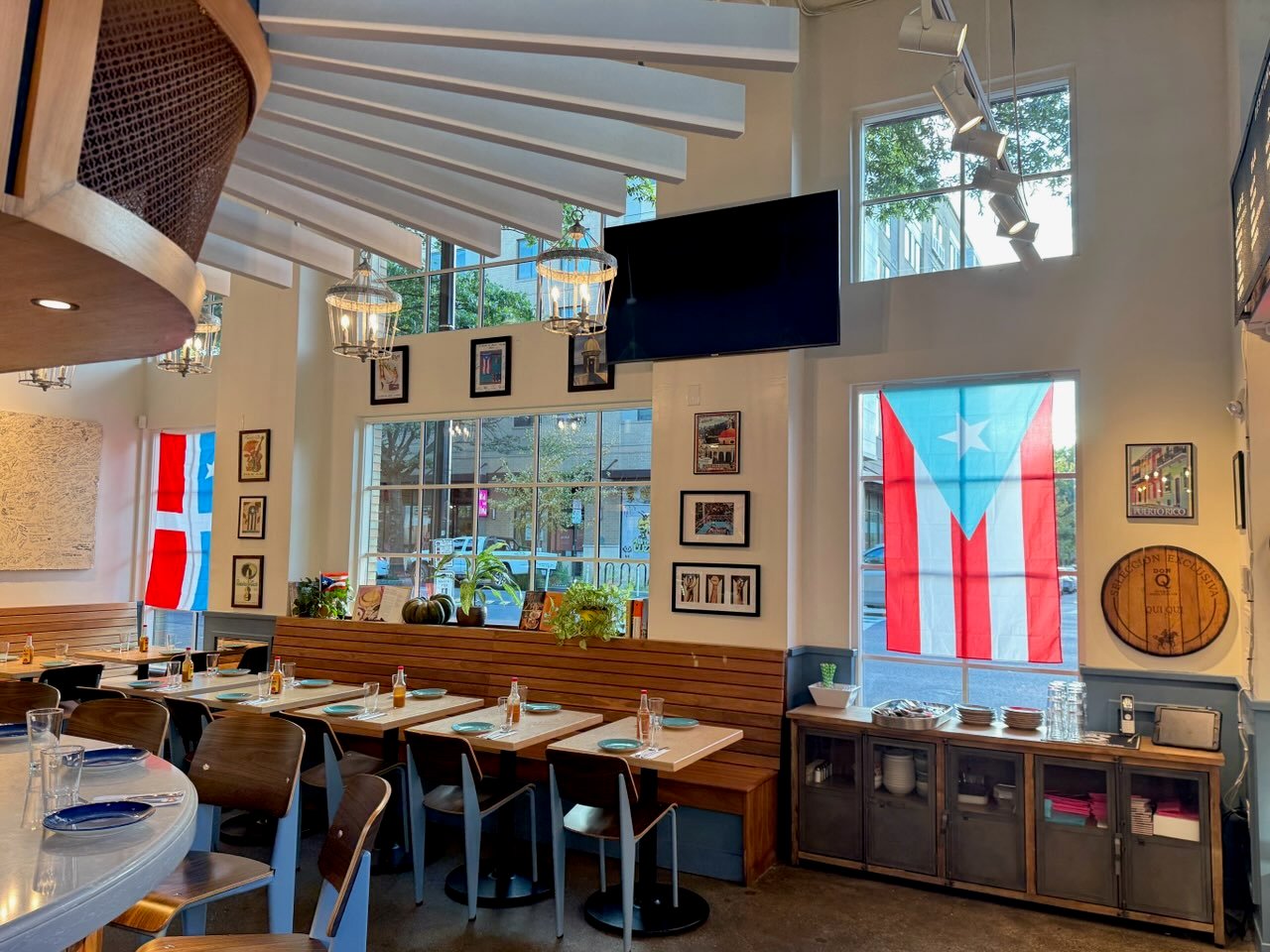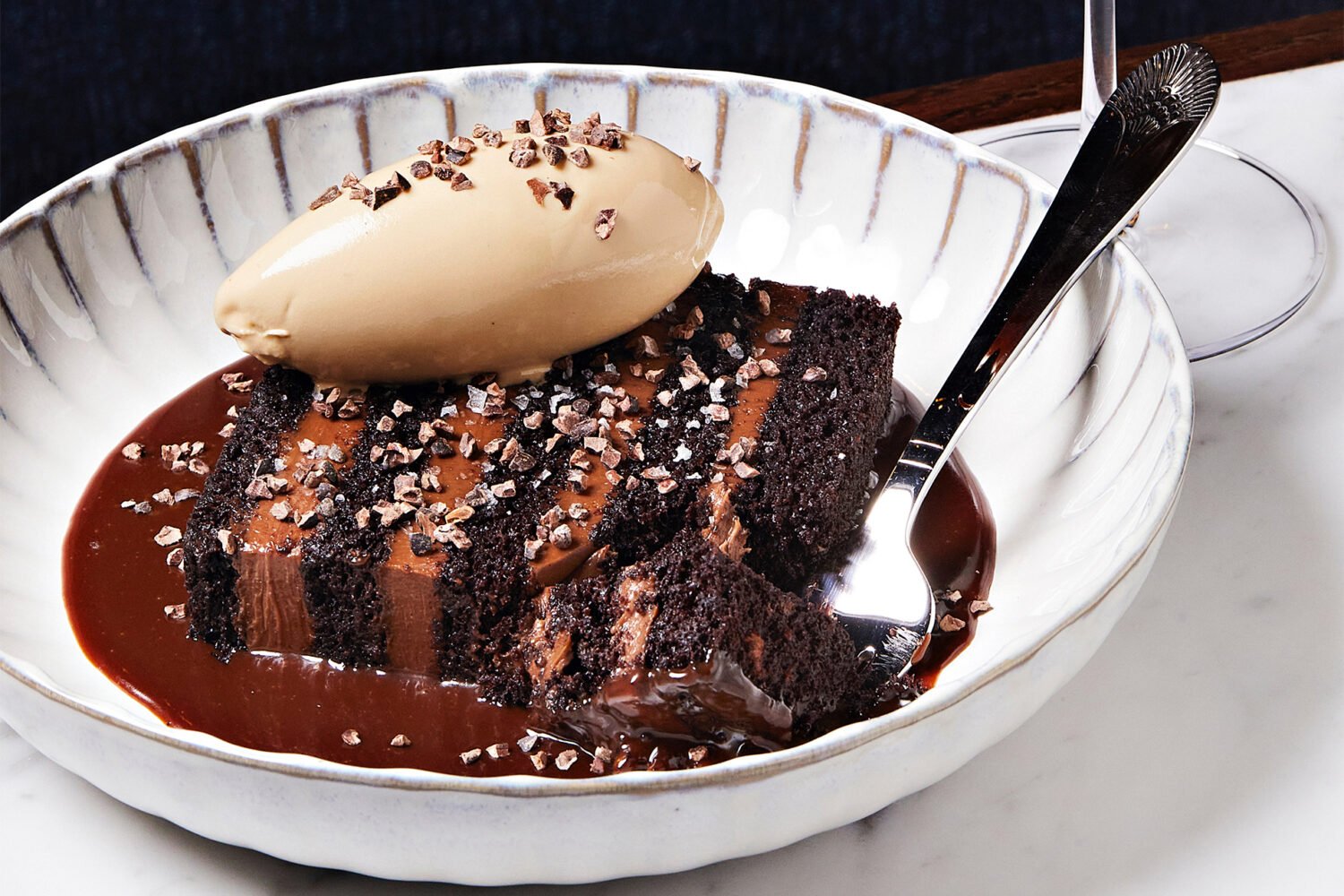The steakhouse buzzwords that you should—and shouldn’t—care about:
Allen Brothers
Most of the beef in this country comes from four major packers, but Allen Brothers is widely considered the premier supplier. It sells only the most carefully selected cuts of USDA Prime and Choice—the top two categories in the government’s grading system. Some of the country’s most highly regarded steakhouses feature Allen Brothers. Why do so few DC steakhouses offer it? “No one is gonna spend 70 to 80 bucks for a strip steak in DC,” explains one veteran restaurateur. “They will in Vegas and New York and Chicago.”
Angus
A breed of cattle that’s among the most commonly used in the US. The cows tend to be meaty and well marbled, but the Angus name itself isn’t an indicator of quality. These days, the name is thrown around by everyone, including your neighborhood bar and McDonald’s.
Charbroiled
The most commonly seen steakhouse cooking style, in which a steak is thrust under a blazing-hot broiler (anywhere from 1,200 to 1,800 degrees) until it reaches a dark mahogany color.
Corn-fed
The term for cows raised on corn to increase fat and flavor. In recent years, corn-feeding has been under attack from agribusiness critics who claim, rightly, that corn is bad for the animal. For all the gains of this counter-movement, however, corn-fed remains the industry standard, and there’s no denying that it results in flavorful beef.
Corn-finished
Grass-fed cows given a finishing diet of corn prior to slaughter to enhance flavor and richness.
Creekstone Farms
A Kansas company that sells the highest-grade Choice steaks, making it attractive to restaurants that are unwilling to pay top freight for Prime. The brand is showing up with growing frequency around town. Of note: All the meats are halal, which has boosted Creekstone’s popularity among Muslims.
Dry-aged
All beef in America is aged in order to tenderize the meat and develop flavor—and the time-honored way is to hang a slab of cow in a meat locker for a few weeks, during which it develops mold and a good bit of the liquid is drawn out, concentrating the flavor of the beef. (Dry-aging for five weeks or more has become the new luxury standard, and it produces a kind of nutty umami quality.) The reason most steakhouses don’t dry-age for very long—the reason some don’t dry-age at all—is that restaurateurs don’t make money when meat is hanging from a hook. And there’s less product to sell, because the meat has shrunk and mold has to be cut away.
Grass-fed
Grass is the natural diet of cows, and grass-fed beef, say advocates (who include nearly every food-world pontificator), is better for the animal, better for the environment, and better for your body. Some even claim that the taste is superior, though this is highly debatable. If there’s one grass-fed steak to seek out over corn-fed, it’s a hanger steak, a lean cut with big, gamy flavor.
Kobe
The cows of Japan’s Hyogo prefecture are supposedly pampered with daily massages, serenaded with Mozart sonatas, and fed a diet that would give us all gout. The meat, from a breed of Wagyu cattle, is so intricately marbled that the color is more pink than red and the texture softer than that of swordfish. There’s simply no other beef in the world that tastes quite like it. BLT Steak once sold Kobe for $35 an ounce—with a minimum order of four ounces—but the restaurant has taken it off the menu, thereby re-moving your opportunity in the area to sample the caviar of meats.
Medium
Definitions vary from steakhouse to steakhouse on what exactly constitutes “rare,” so it’s wise to ask your server how the kitchen defines “medium,” a baseline measurement by which all others can be determined. The most commonly accepted definition is a large band of pink in the middle, sandwiched by bands of gray or gray-brown.
Pittsburgh-style
The method of cooking steaks quickly over infernally high heat so the exterior emerges black as coal while the inside hardly looks cooked—bloody-rare, nearly raw. Also known as black and blue.
Roseda Farm
A Monkton, Maryland, farm whose profile in the region has been growing. It produces grass-fed, grain-finished, and dry-aged meat with a robust, rounded flavor.
USDA Choice
The next grade down from Prime. In recent years, some steakhouses, to save money, have taken to serving top-tier Choice rather than Prime. Dry-aging this meat for 2½ weeks or wet-aging it for three or more can’t make up for the inevitable loss of richness.
USDA Prime
The highest grade of beef certified by the government. You’d think, therefore, that a steak listed on the menu as Prime should be meat of the highest grade—the tenderest, juiciest, best-marbled. In fact, there’s variation in quality with-in that category. Very few steakhouses in the country source beef from what meatpackers consider to be the top tier of Prime; many serve steaks from lower grades.
Wagyu
Literally, “Japanese cattle.” It’s not a breed, though some restaurants like to claim it is, but rather a grouping of breeds, only one of which provides Kobe beef. To interchange Wagyu with Kobe, as some do, is misleading—Kobe’s silken texture and lusciously rich flavor are beyond compare. Still, all Wagyu is high-quality beef, well marbled and tender, and usually better than American Prime.
Wet-aged
The term for meat that has been vacuum-sealed in a bag kept in a refrigerated room, a practice that causes muscle fibers to break down naturally. While wet-aging can make for a juicy steak, the meat lacks the depth and concentrated flavor of dry-aged. In some instances, wet-aged produces a steak that’s simply and unappealingly wet. Still, it’s increasingly the preferred method at many steakhouses these days.
This article appears in our November 2015 issue of Washingtonian.

